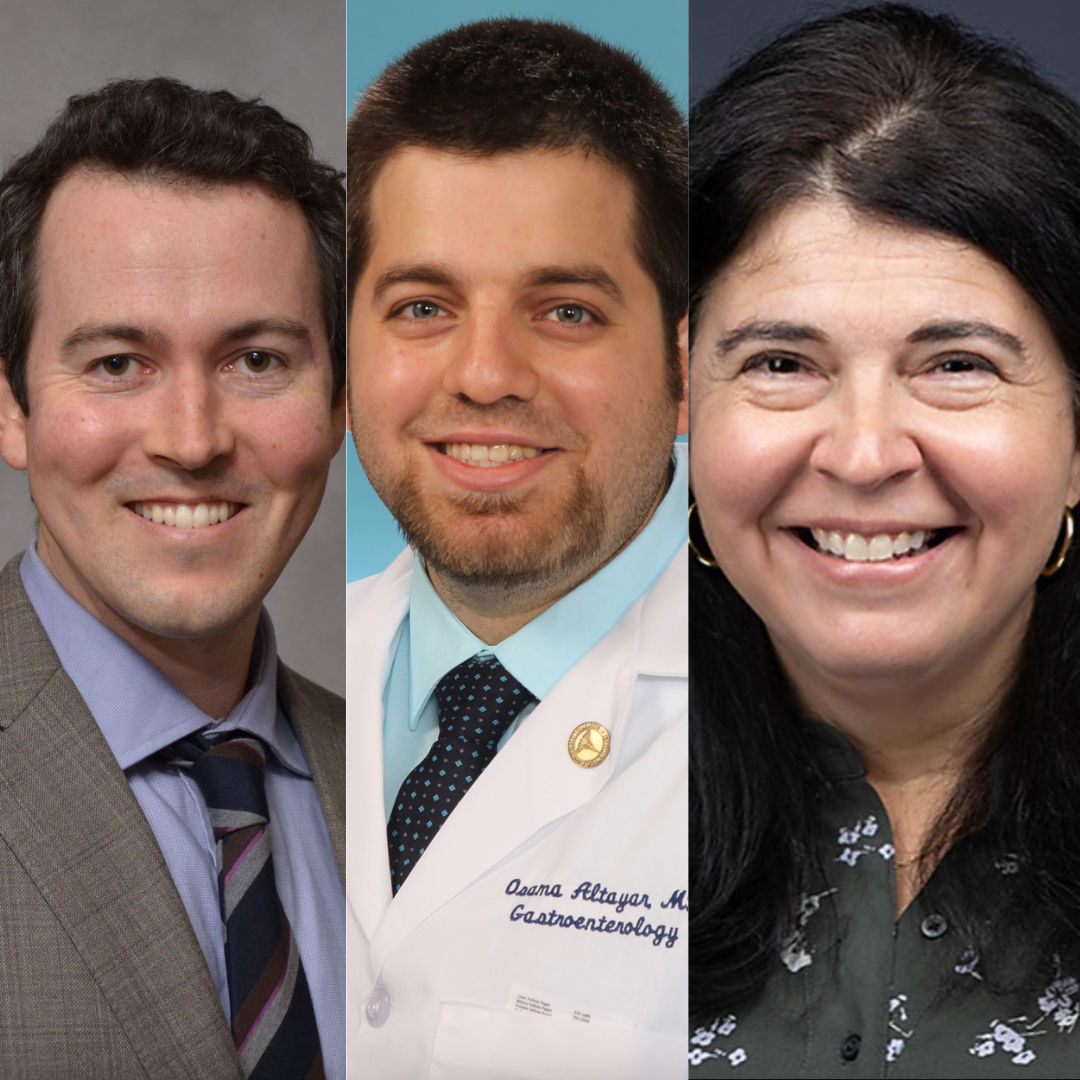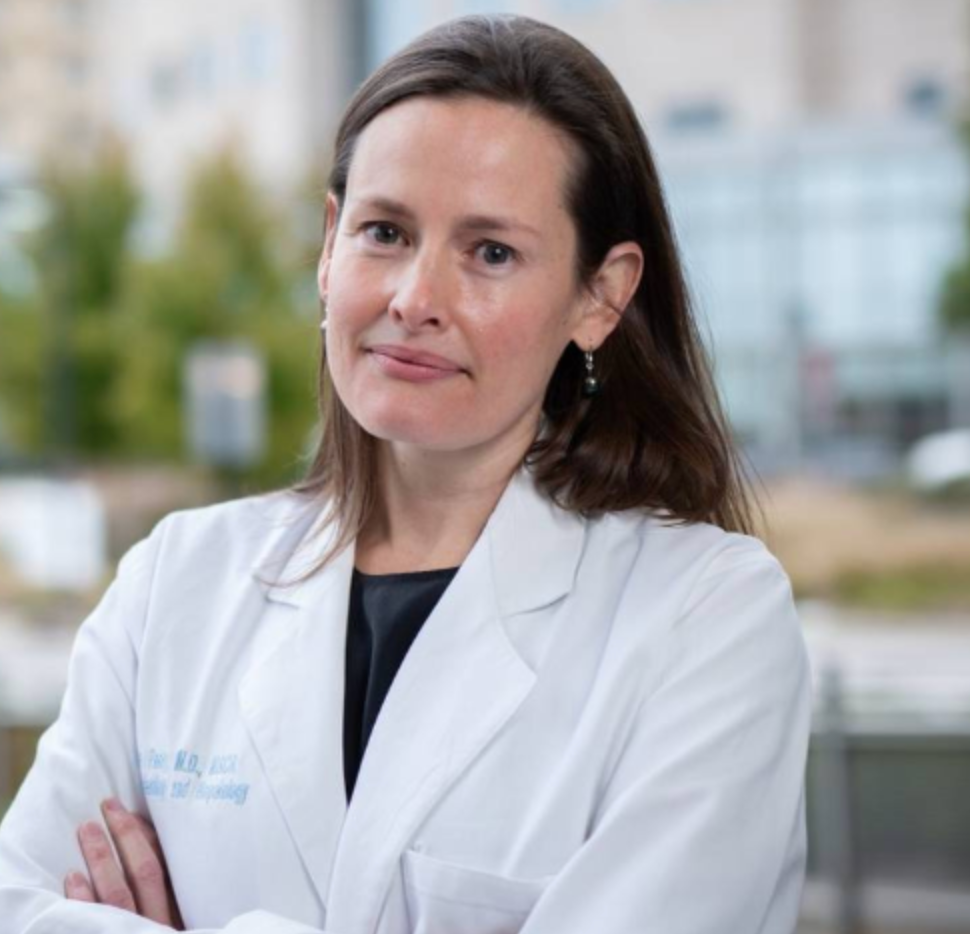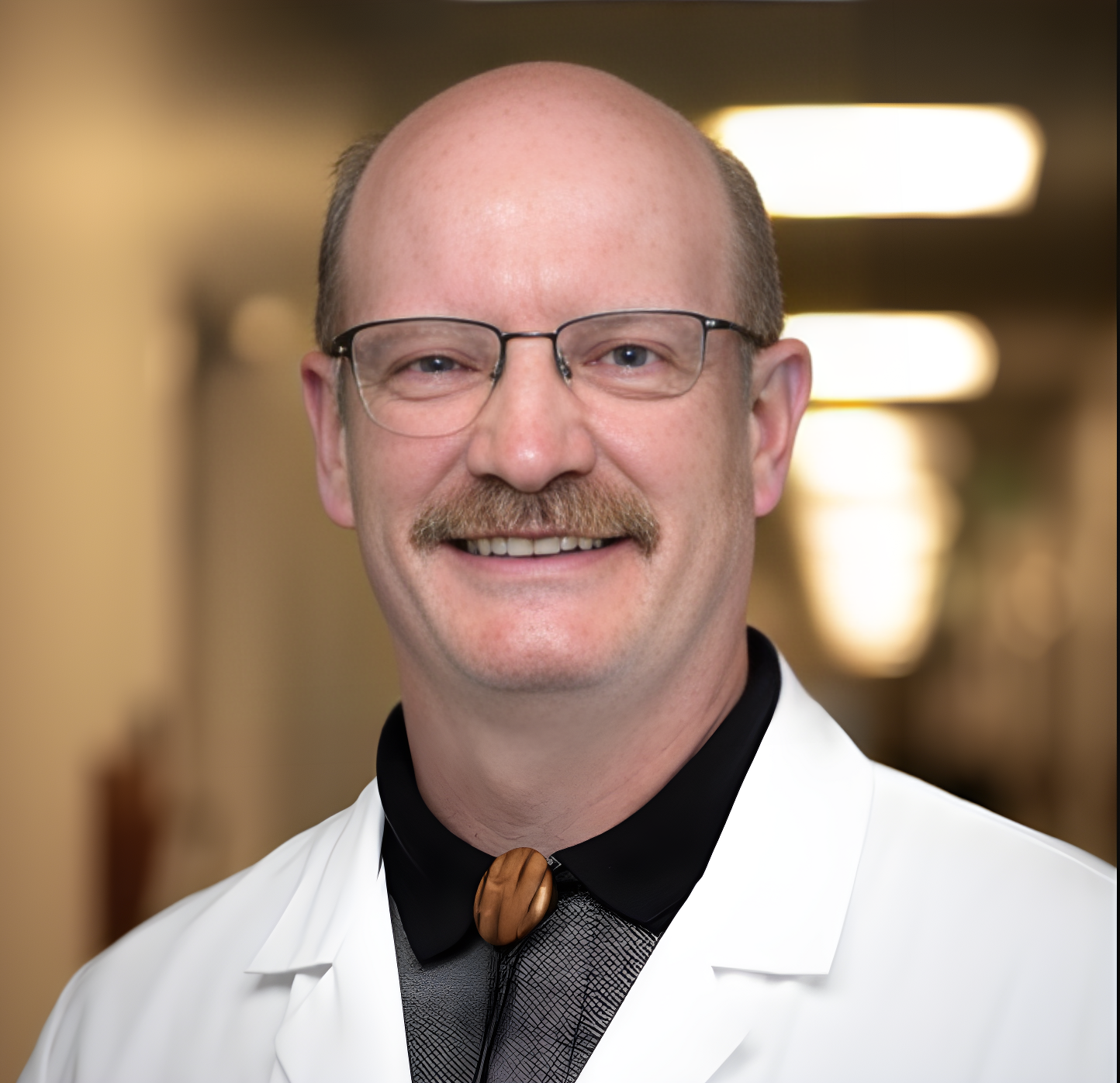Video
Long-Term Impact of C. difficile Infection (CDI) and Infection Recurrence
Author(s):
A gastroenterologist reviews long-term impact of dysbiosis and C. difficile infection (CDI).
Segment 9
Segment Title: Long-Term Impact of C diff Infection and Infection Recurrence
Segment Description: A gastroenterologist reviews the long-term impact of dysbiosis and Clostridioides difficile infection.
Paul Feuerstadt, MD: As we pull back a little bit to Clostridioides difficile, we need to think about what changes happened to the microbiota. What changes do happen to the microbiota with C diff? I usually like to go back to the original study that looked into this by Ching and colleagues from Michigan State University about 15 years ago. They looked at a group of individuals who had no infection. They looked at individuals who had an initial episode of C diff, and then they looked at individuals with a first recurrence. They compared the constituency of the microbiota, as well as the diversity of the microbiota. What they found was that when they compared no infection with initial infection, there were no statistically significant differences. There was a slight trend for decrease in the diversity of the microbiota, but it didn't achieve statistical significance. Once they compared initial infection with recurrent infection, that was the circumstance where there was a statistically significant depletion of the diversity with the loss of two main fila, the Bacteroidetes and the Firmicutes. The Bacteroidetes and the Firmicutes are the most essential pieces of the microbiota that help us prevent C diff. Now you say, “Well, how does this all correlate back to the infection?” The way that this correlates back to the infection is that antimicrobials treat that vegetative phase, treat that phase that releases the toxins that stimulate the diarrhea syndrome most associated with C diff. But don't forget about that spore phase. That spore phase is spread but also results in recurrence. The way that we eradicate the spore phase of C diff is through a healthy microbiota. Now it's important to understand that at the end of antimicrobial treatment, our microbiota has been depleted because of the dysbiosis that led us to get C diff, but also the antimicrobials that we use to treat C diff further deplete that microbiota. It's important to realize that following antimicrobial therapy, without further intervention, it's up to our microbiota to regrow and refortify itself. Unfortunately, sometimes that doesn't work quite as well as we'd like. In fact, 25% to 30% of the time with an initial infection that doesn't work well, and patients recur. With a first recurrence, 40% to 50% will go on to recur after that, and up to 60% as patients get caught in this cycle of recurrence after recurrence after recurrence; a massive burden on the patient population and also a massive burden on the health care system. Treating C diff optimally really needs to be prioritized.
Transcript edited for clarity





